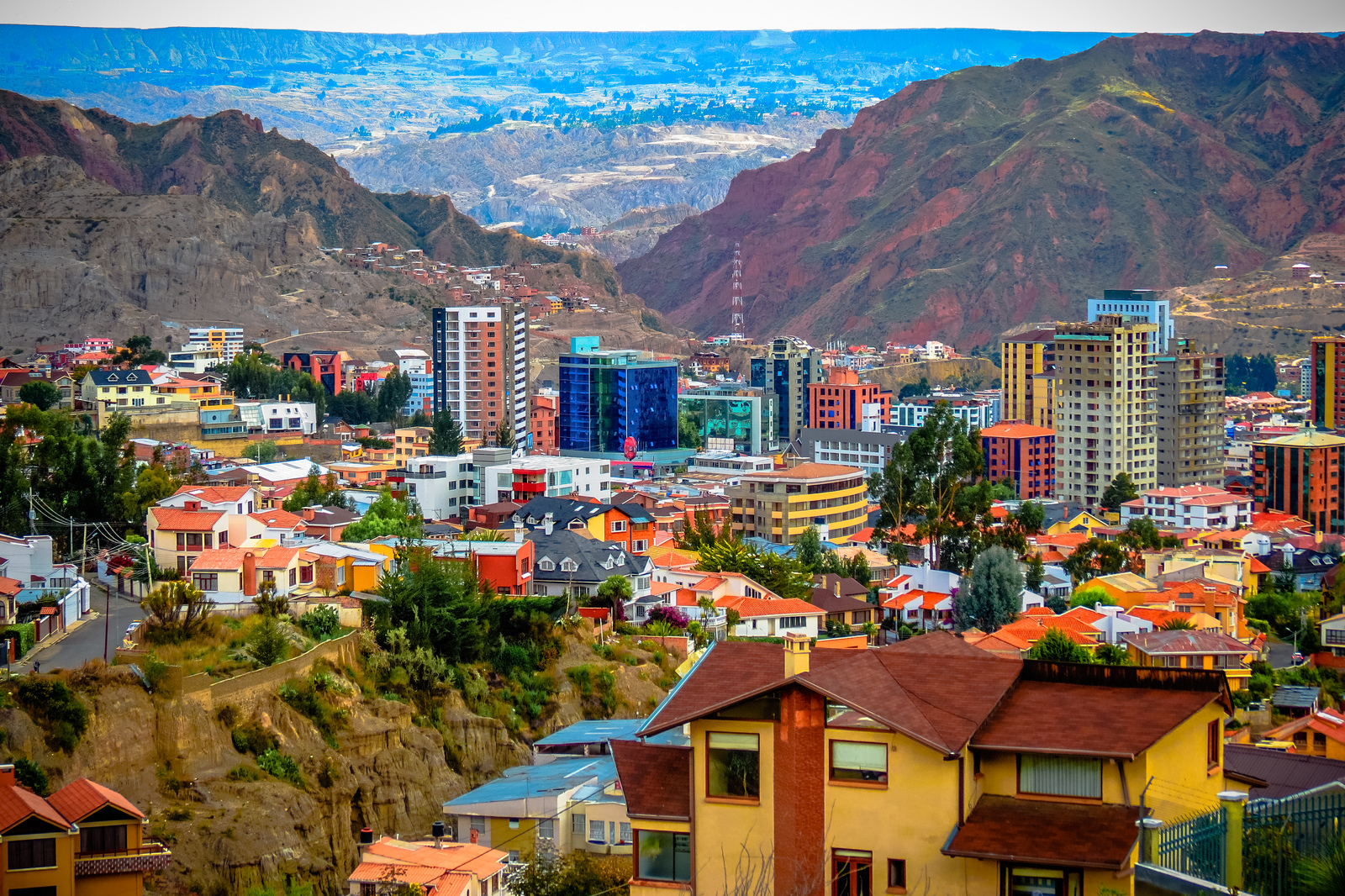While middle-class Bolivians are demonstrating against the incumbent president’s bid to extend term limits, the country is thriving after a decade of progress under Evo Morales.
Recently, thousands of Bolivians took part in protests in San Francisco square in La Paz demonstrating against President Evo Morales’ bid to extend term limits.
In a referendum last year, some 51 percent of Bolivian voters rejected Morales’ proposal to reform the constitutions to end current term limits.

In September, Morales’ Movement to Socialism (MAS) party requested the highest court to remove legal limits, which bar officials from seeking re-election indefinitely. The court has until December to rule on the request or extend the deadline for a decision.
In La Paz, the narrow urban middle classes expressed concerns that Morales was attempting to tighten his grip of power in a way that was reminiscent of President Nicolas Maduro in Venezuela.
But Bolivia is not Venezuela and Morales is not Maduro.
A decade of progress
As Bolivia’s first president to come from the indigenous population, Evo Morales began his political career as a trade unionist, like Brazil’s former President Lula. He has focused on greater equity, and poverty reduction.
When Morales won the presidential election in 2006, per capita income in Bolivia was less than $4,200. Today, it exceeds $7,550. At the same time, Gini index, which measures income inequality, has plunged from more than 58 to 47.
Figure: Bolivian Per Capita Income and Gini Index, 2005-2015

Sources: Per capita income, IMF; Gini Index, World Bank.
Unlike some of his predecessors, Morales has vocally criticized neoliberal policies and sought to reduce Bolivia’s dependence on the World Bank (WB) and International Monetary Fund (IMF).
Morales’ MAS represents a progressive alliance of indigenous people, mestizo working class, particularly miners, and socialist intellectuals. While 70 percent of Bolivians are mestizos, 20 percent are indigenous. Not surprisingly, his policies continue to be criticized by the domestic elite and US-led international organizations.











Leave A Comment